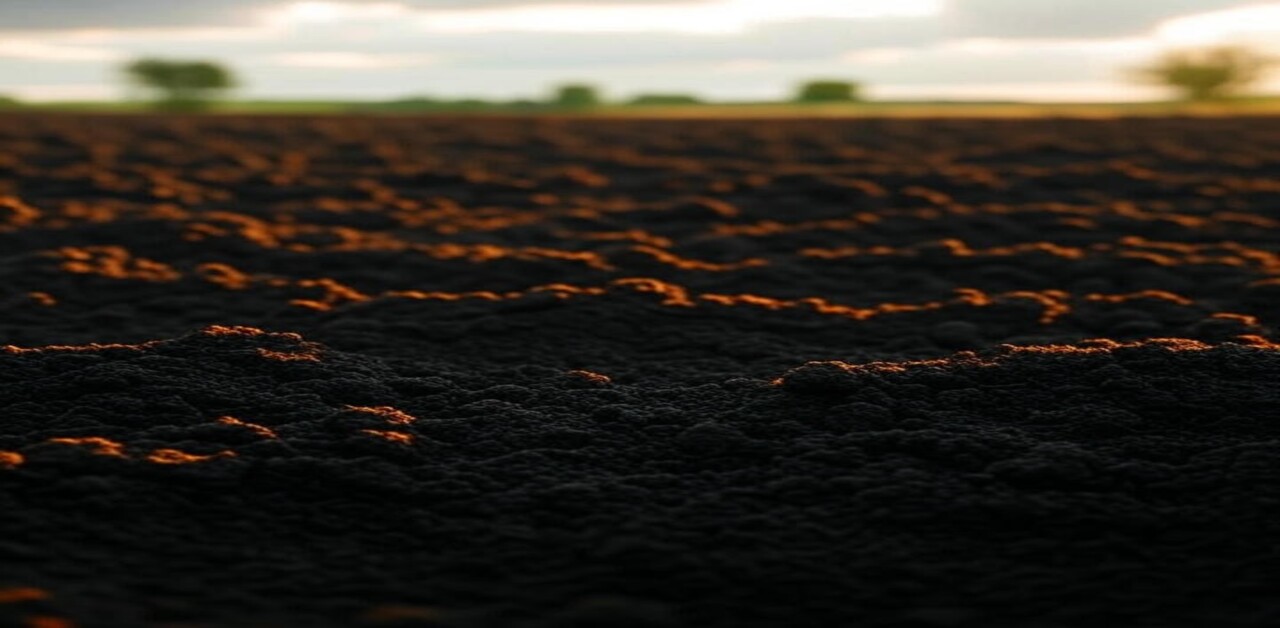Black soil, which is found in some parts of India, has equal importance in agricultural and other activities.
India, which has been recognized as a country with abundant natural resources, has a rich diversity of soil types, which is important in determining the agricultural activities in the country.
Through them, black soil, also known as Regur soil or cotton soil, takes center stage due to its unique nature and exceptional fertility.
It is crucial to Indian agriculture and is important in the production of cotton, so it was also referred to as black cotton soil.
Table of Contents
Origin and Formation of Black Soil
It is assumed to have developed as a result of weathering of igneous rocks, basalt rocks of the Deccan Plateau in particular.
The soil has a very particular dark color because of its volcanic origin, since it has a very clay-like consistency and composition of minerals.
It is mainly sourced by the Deccan Traps that cover areas of Maharashtra, Madhya Pradesh, Gujarat, Karnataka, and Andhra Pradesh.
Thousands of years ago, the natural processes of erosion, weathering, and deposition assisted in adding fine clay particles to the soil to make it dense and moisture-retaining.
One of the major causes of the dark color of the soil is the parent material, which is abundant in iron and other metallic compounds.
If you want to read an article about all types of soil in detail, you can click on black soil.
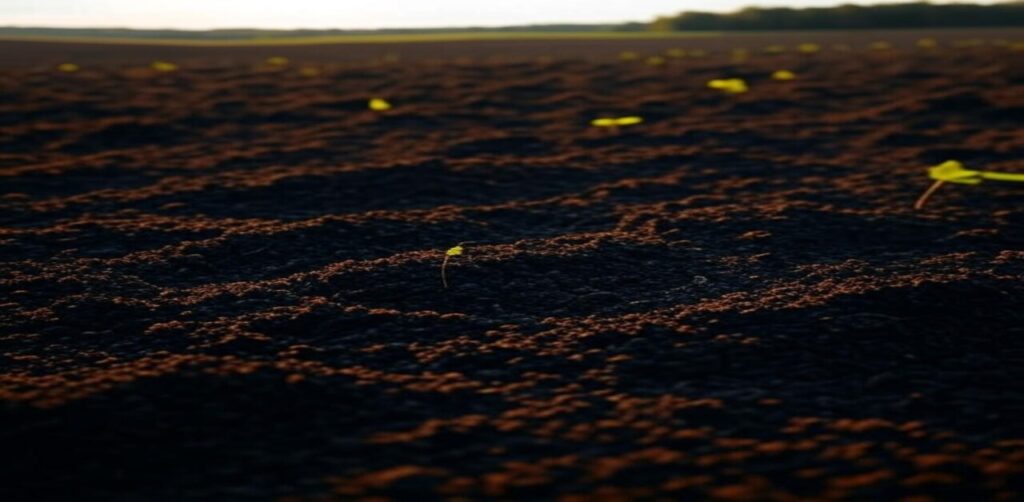
Geographical Distribution
All the above regions in India are primarily black soil:
Maharashtra
Madhya Pradesh
Gujarat
Andhra Pradesh (north-western regions)
Karnataka (north)
Telangana
Tamil Nadu (south)
Rajasthan (part of south-east)
These areas mostly come within the plateau of Deccan, where activities of volcanoes in the ancient geological period formed the basis of the formation of the soil.
Characteristics of Black Soil
It has several peculiarities that distinguish it from the rest of the types of soil in India:
1. Color
Its color, which is black or dark brown, is the most characteristic factor because of its compounds of iron, titanium, and aluminum.
2. Texture
It is mostly clayey and sticky in moist conditions, but hard in dry conditions. It is very fine-textured, and the clay content will be between 40 and 60 percent.
3. Moisture Retention
It is extremely clayey and thus its moisture-holding potential is outstanding. This is very appropriate in crops that are cultivated in arid areas.
4. Cracking under Dry Season
This soil can be easily aerated during summer, whereby the soil can slightly crack, causing problems to the roots of the plants unless taken care of properly.
5. Nutrient-Rich
Black soil is also full of minerals such as calcium carbonate, magnesium, potash, and lime, and it is deficient in nitrogen, phosphorus, and organic matter.
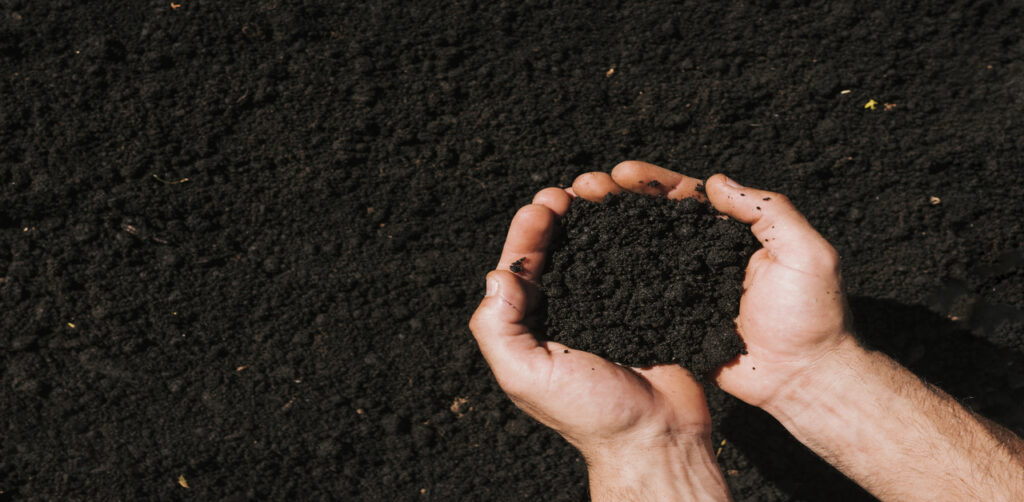
Types of Black Soil
Black soil can also be grouped into three types according to the depth:
Shallow Black Soil: It is located on hills, shallower and not very fertile.
Medium black Soil: This type of soil is found on plateaus and is medium deep, and supports diverse crops.
Deep black soil: It lies in low-lying places and is more than 90 cm in depth and very fertile-suitable to grow cotton, sugarcane, and cereals.
Agricultural Importance
Black soil is ranked as one of the most productive soils in India, and they are highly valuable as far as agricultural output is concerned. Examples of the major crops produced with black soil are:
1. Cotton
It has a high moisture-retaining capacity and thus it is ideal to grow cotton, particularly in the regions of Maharashtra and Gujarat.
2. Sugarcane
The soil has the advantage of enabling the crop to retain water over a long period.
3. Oilseeds
Black soil is widely used in growing groundnut and sunflower because of its mineral content.
4. Pulses and Millets
Different pulses, such as gram (chickpea) and millets such as jowar (sorghum), grow best in this soil, especially in the drier regions.
5. Wheat and Cereals
Wheat and other cereals grow well, too, in irrigation areas.
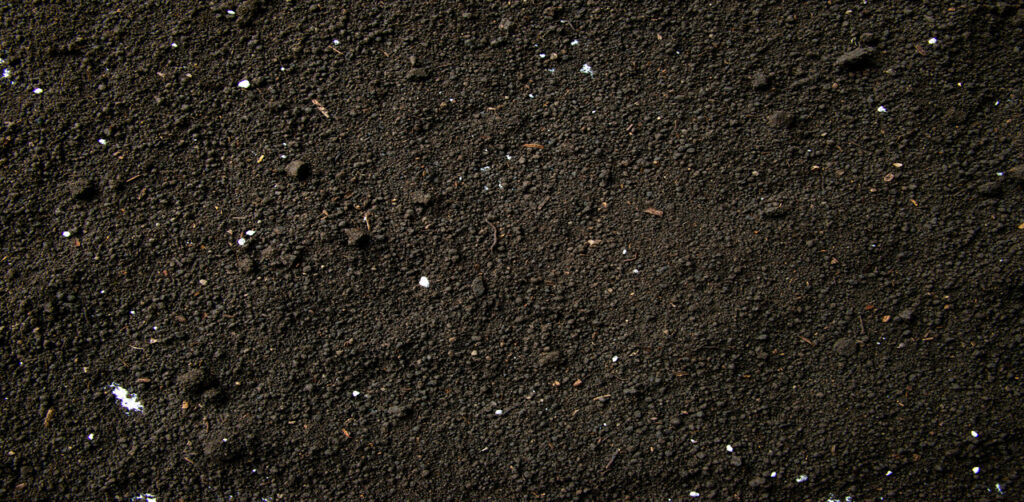
Challenges and Management
Although black soil is fertile, there are some challenges to farmers because:
1. Waterlogging
Because of its fineness and compactness, the black soil has the potential of holding excess water, leading to waterlogging when there are heavy rains.
2. Difficult Tillage
Wet black soil is sticky, and thus plowing and tilling are not simple and need the right timing and machines.
3. Nutrient Deficiency
Black soil is also mineral-rich (found in abundance), but it lacks nitrogen and phosphorus, and as such, fertilizers are added to the soil to sustain its health and crop production.
4. Drying in Dry Season
Deep cracks brought about by the dry season may disrupt root systems unless covered by mulching or cover cropping.
Farmers tend to overcome this by enhancing the organic content of the soil and ridding the soil of undesirable elements by use of organic compost, crop rotation, and green manuring.
Conservation Practices
Several conservation methods are suggested to keep the black soil productive:
Plowing the hills and terracing to avoid erosion.
Enrichment of nitrogen and phosphorus using organic fertilizers.
Drip irrigation to control water in dry and semi-arid regions.
Use Agroforestry and cover cropping to cover the ground surface and decrease the loss of nutrients.
Agricultural extension services and other government efforts are also important in enlightening the farmers on the best ways of managing the soil sustainably.
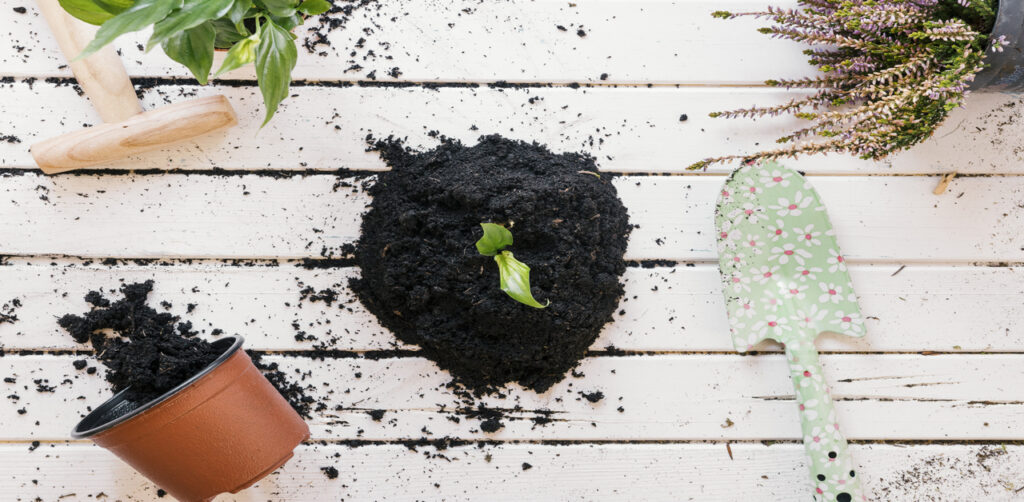
Conclusion
One of the country of India’s most valuable natural resources, particularly in agriculture, can be called black soil.
It is the most important crop for millions of farmers due to its high fertility, retention of moisture, and the fact that it can be cultivated in dryland.
But, just as with any other natural resource, black soil should be used wisely and sustainably to be productive for many years.
The productivity of black soil could be maintained and increased for future generations with the use of correct methods of conservation, balanced fertilization, and the current method of agriculture.
Climate change and population growth exert more pressure on the arable land, and hence, the need to preserve fertile soils such as this soil becomes of greater significance in the food security and agricultural prosperity of India.

